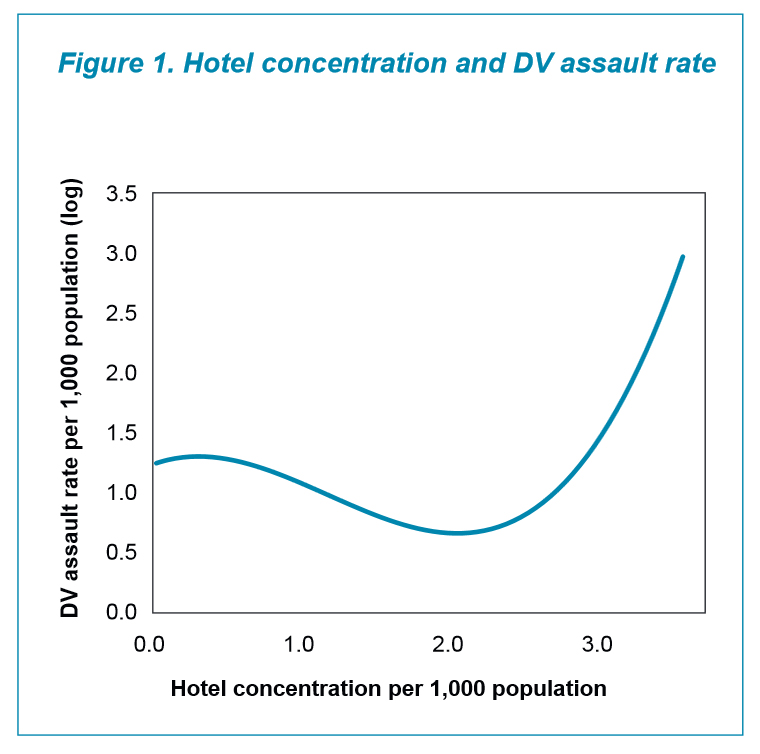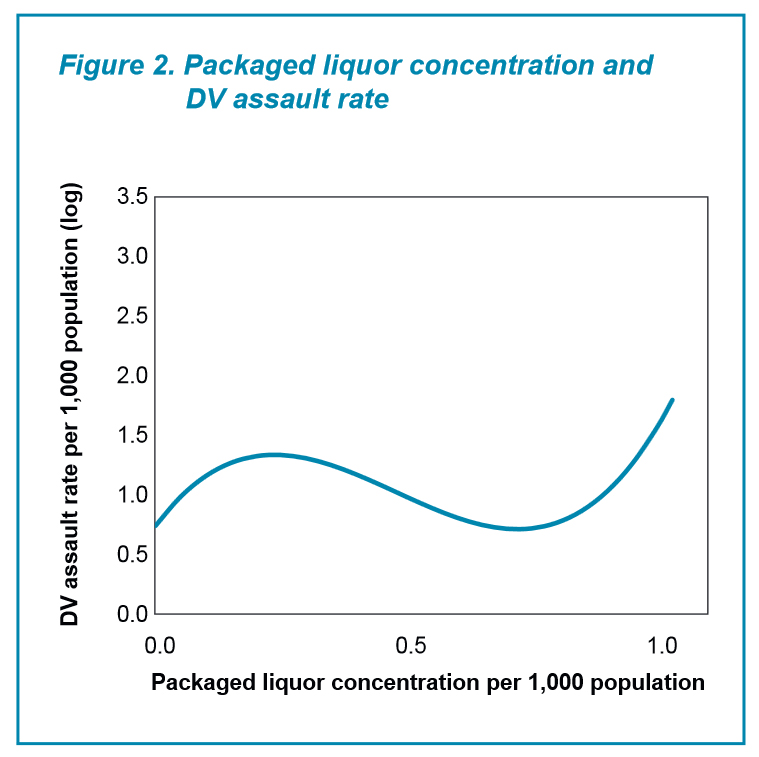Blood-thirsty media around the country have jumped to misinterpret data out of BOCSAR, drawing incorrect and potentially libellous conclusions that hotel density incites violence.
A story appeared on Thursday based on a Bureau of Crime Statistics & Research (BOCSAR) report released last December, calculated on police, liquor licensing and socio-demographic data from 2011.
The story drew an argumentative conclusion that the number of pubs was directly “linked” to rates of violence, including in the home. This statistically incorrect assumption was echoed by other publications over the next two days.
The BOCSAR report clearly stated in its Results that “The concentration of hotel licences in an LGA, particularly at higher density levels, was strongly predictive of both DV [Domestic Violence] and non-DV assault rates.”
Key to the interpretation of data analysis here is “predictive”, which is not the same as causative. Predictive, or correlative, show that there is a statistical link, where causative suggests causation.
In other words, pubs are being blamed for increases in violence levels – when the data actually demonstrates simply that where violence levels rise, more hotels can sustain business.
While this may still be an unglamorous indictment of the link between unhappy, violence-prone people and alcohol – it is not fair to say that putting the hotels there will make men beat their partners, or anyone else.
A source within NSW Government statistics research told PubTIC that it is not uncommon for people, and media, to mistake correlation and causation in statistics analysis.
“To say that there is a correlation, is not the same thing as saying that one causes the other. That’s not what it means.”
To highlight the cherry-picking of the BOCSAR results, it should be noted that the Newcastle precinct – famous for its problems with alcohol-related violence, and home of the longest serving punitive restrictions on pubs – sits comfortably in the middle of the violence rates range chart.
Also, other recent BOCSAR research – from 2014, not 2011 – showed a state average reduction of 34 per cent in assaults in licensed premises since 2008, with hotspots such as Parramatta achieving 54.6 per cent and Penrith 60 per cent.
It should also be noted that the chart for the concentration of hotels licences against rate of violence per 1,000 people (below) shows a clear improvement after (approximately) 0.2 – peaking at 2.0.
In keeping with the sage advice to be drawn from this report, city planners around the country should be on notice that all LGAs require no less than two hotels per 1,000 people.








